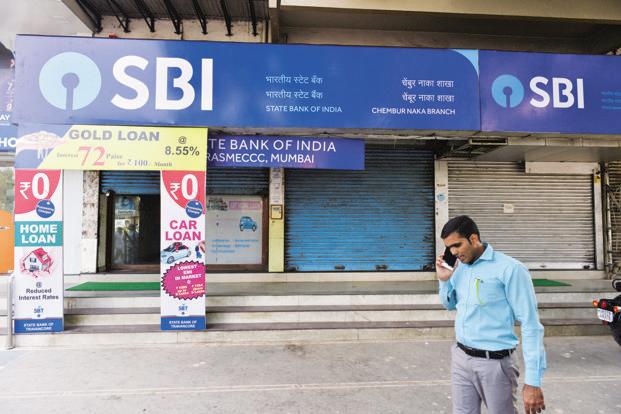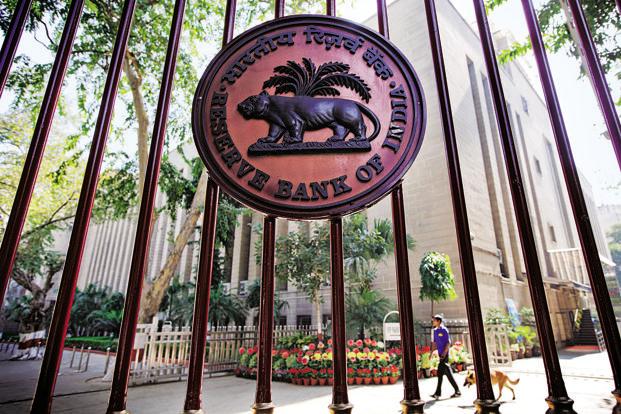For every Rs100 lent by Mumbai-based IDBI Bank Ltd, Rs24.11 has turned bad. This means, it does not earn any interest from almost one-fourth of its loan portfolio. On top of that, it needs to set aside money or provide for the bad assets. No wonder that it continues to make losses.
Another state-run bank, Indian Overseas Bank, based in Chennai, which till recently topped the list of most bad loan-laden bank (as a percentage of its loan book), is not far behind for every Rs100 it has lent, Rs23.6 does not earn any interest. Looking at the pair, Uco Bank in Kolkata can smile as its bad loans are less than one-fifth of its loan portfolio (19.87%) and Oriental Bank of Commerce in Delhi can even laugh, with about one-seventh (14.83%) of its loans turning bad.
Going by the June quarter earnings, these four banks are the worst hit by bad loans in four regions of India—west, south, east and north. Their neighbours are no better off. For instance, Bank of Maharashtra, Central Bank of India and Dena Bank in the west have between 18.59% and 17.37% bad loans; Corporation Bank in the south has 15.49% of bad loans; east’s United Bank of India’s bad loans are 17.17% of its loan portfolio.
Many believed that bad loans of Indian banks peaked in the March quarter as they needed to clean up their books by the year ended 31 March when the Reserve Bank of India’s (RBI’s) deadline for this exercise ended. The banking regulator had launched the so-called asset quality review, or AQR, in the previous year and asked banks to come clean by the end of FY2017, disclosing bad loans and providing for them in phases over the past six quarters.
However, the ordeal has not ended. Had we joined the conference calls that some of the bank chief executives have had with investors after announcing the June quarter earnings, it would have been clear that more pain is left. Only four listed public sector banks have less than 10% bad loans now. They are Indian Bank (7.21%), Vijaya Bank (7.3%), Syndicate Bank (9.96%) and State Bank of India, or SBI (9.97%). Indeed, the merger of its associate banks with itself has catapulted SBI into the league of the world’s top 50 banks by assets but the group consolidation has had a nasty impact on the quality of its loan assets. In contrast, most private banks have better balance sheets. If we keep a few old regional private banks out, the two worst affected large new private banks are ICICI Bank Ltd (7.99%) and Axis Bank Ltd (5.03%).
In absolute terms, SBI now has Rs1.88 trillion gross bad loans on its books—roughly 23% of the overall bad loans of all listed Banks (Rs8.29 trillion) which have risen 6.76% in the June quarter over the March quarter and close to 27% over June last year. Three banks are now carrying more than Rs50,000 crore bad loans each on their books—more than the size of quite a few private banks. They are Punjab National Bank, or PNB (Rs57,720 crore), Bank of India, or BoI (Rs51,019 crore) and IDBI Bank (Rs50,173 crore).
Among private banks, ICICI Bank has Rs43,148 crore bad loans and Axis Bank, Rs22,031 crore.
Laden with Rs7.33 trillion bad loans, public sector banks have more than 88% share of the total bad loans of all listed banks, far higher than their share of banking assets. After providing for such loans, their share of net bad loans at Rs4.17 trillion is even higher, over 89%. This means they are setting aside less money than their private peers.
Collectively, public sector banks provided for close to Rs37,000 crore in the June quarter, more than their operating profits of Rs36,362 crore. This is why, as a group, they ended up making a loss of Rs307.5 crore, against the Rs11,455 crore profit of private banks. Data collated by Mint ’s Ashwin Ramarathinam shows that nine of the 21 listed public sector banks made losses in the June quarter (between Rs853 crore and Rs133 crore) while all private banks have posted profits.
As a substantial portion of their loans is non-performing, their interest income has also gone down. Compared with the March quarter, it is less than 23%. Since typically banks’ loan books shrink in the first quarter of a financial year, this is not a fair comparison. However, even if we compare their interest income in the June quarter of this financial year over the previous year’s June quarter, it is 2% less, with 10 banks recording a decline in interest income.
Private banks’ interest income in June has risen 15% from a year earlier, and by 2% from the preceding March quarter.When it comes to so-called other income which includes fees, commission and treasury profits, public sector banks’ income is up 15% in June over the year-ago period but down 19% over the March quarter. Here too private banks have fared better. Their other income in June is up 18% over the previous June and 6% over March.
Arithmetically, the banks can show lower bad loans as a portion of their overall loan books if the loan books grow. The growth in loan book also boosts their interest income. In the past, banks had done this to bring down the percentage of bad loans but this time around the epidemic of non-performing loans has made them shaky and very few of them are willing to expand their loan books for fear of accumulating more bad loans.
Among large banks, SBI, PNB, Union Bank of India, Bank of Baroda and ICICI Bank have shrunk their loan book in June compared with March and only HDFC Bank, Axis Bank and Canara Bank have grown it. Over the previous June, however, all have added to their loan portfolios. While public sector banks’ growth is in single digits, for HDFC Bank, the growth has been 23.45% and for Axis Bank, 11.76%.
More importantly, the net interest margin, or the spread between the cost of raising money and the income on deploying them in the form of loans, has narrowed for many banks. For SBI, it has narrowed by close to half a percentage point in the past one year while Canara Bank, PNB and ICICI Bank have marginally raised it. For HDFC Bank, it remained unchanged at 4.4%.
With every passing quarter, men are being separated from boys on the Indian banking turf.
Speaking at the National Conference on Insolvency and Bankruptcy in Mumbai on Saturday, RBI governor Urjit Patel said the government and the central bank have been in talks to prepare a package of measures to rescue the stressed banks. The measures will include a combination of capital raising from market, dilution of government holding, additional capital infusion by the government, merger with strategic fit and sale of non-core assets. Any delay in preparing the rescue plan will make life for some of the government-owned banks difficult.



